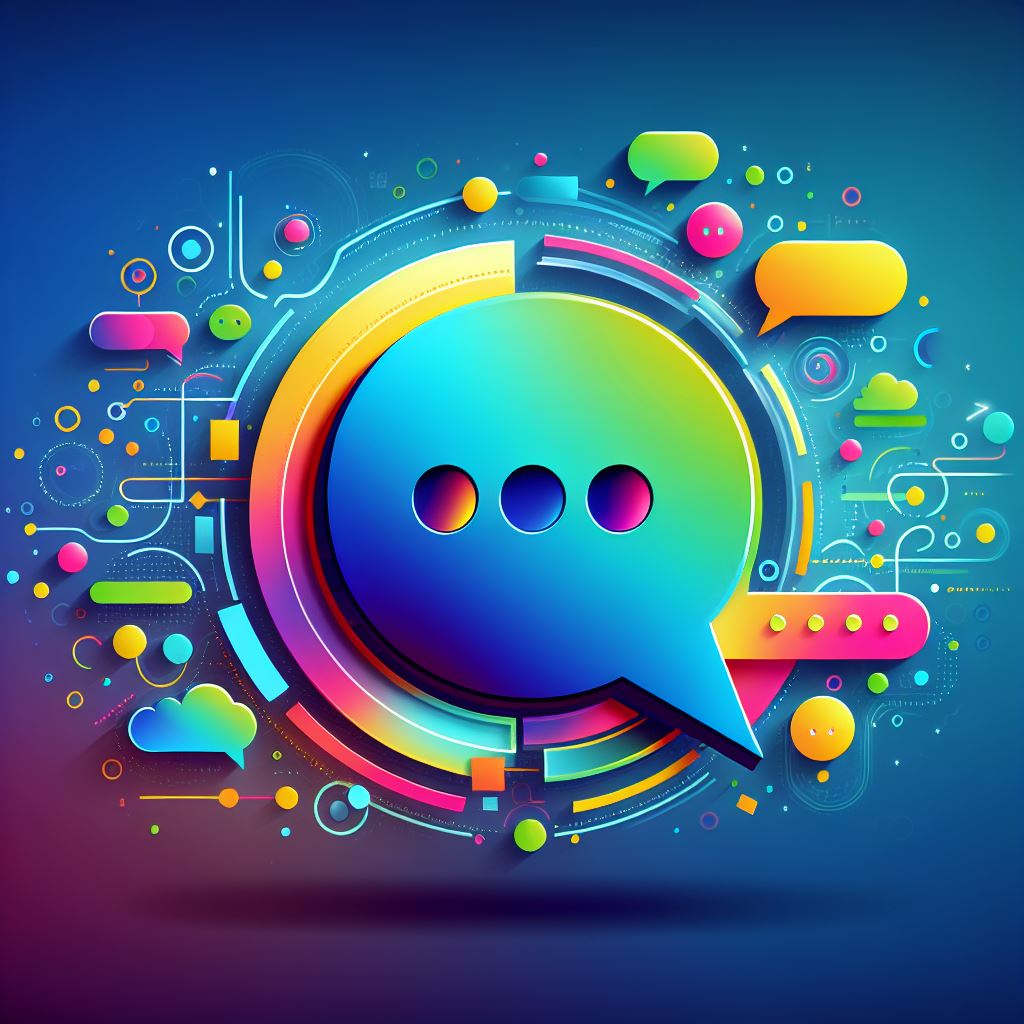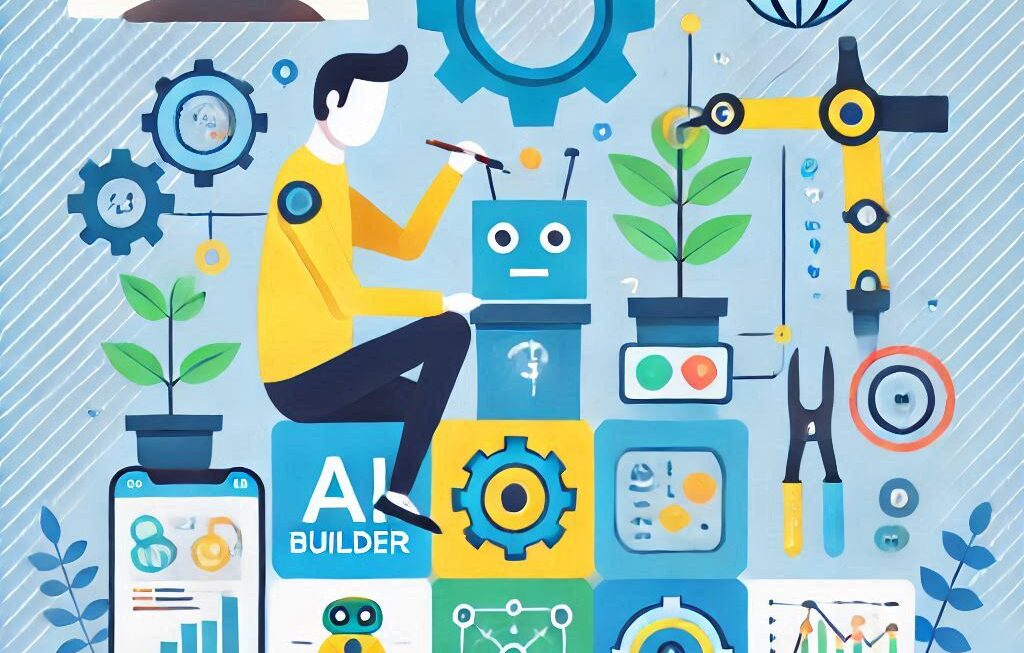In this blog, let explore what is ChatGPT and its Different version. ChatGPT is an advanced AI chatbot developed by OpenAI, leveraging the GPT-4 architecture. It is designed to engage in human-like conversations, providing detailed and contextually relevant responses. The model is trained on a vast dataset from the internet, enabling it to understand and generate text across a wide range of topics.
ChatGPT can assist with various tasks such as answering questions, writing essays, coding, and even offering creative ideas. Its conversational abilities are fine-tuned using supervised learning and reinforcement learning from human feedback, ensuring it can handle follow-up questions, admit mistakes, and reject inappropriate requests123.
This makes ChatGPT a versatile tool for both personal and professional use, enhancing productivity and creativity.
Here’s a breakdown of the different versions that have been released:
GPT-3 (Generative Pretrained Transformer 3)
Release Date: June 2020
Model: 175 billion parameters
Capabilities: GPT-3 was one of the most powerful AI models at the time of release. It could generate text that seemed human-like, engage in conversations, and perform a variety of tasks like writing essays, composing poetry, answering questions, and even writing code.
Limitations:
- Often produced responses that were plausible-sounding but factually incorrect.
- Could be inconsistent or sometimes miss the mark in complex conversations.
- Had trouble with tasks requiring deep reasoning or world knowledge updates.
GPT-3.5
Release Date: March 2022
Model: It was an optimized version of GPT-3, using fine-tuning and improved training to enhance performance.
Capabilities:
- Better at handling complex queries and providing more accurate answers.
- More conversational and coherent compared to GPT-3.
- Was the version powering ChatGPT before GPT-4 came out.
Improvements over GPT-3:
- Reduced tendency to generate nonsensical or irrelevant responses.
- Improved understanding of nuanced language and context.
- Better at staying on-topic and providing helpful responses.
GPT-4
Release Date: March 2023
Model: GPT-4 is a more advanced model with around 1 trillion parameters (or even more, according to some reports). This version made huge strides in generating more accurate, relevant, and detailed responses.
Capabilities:
- Multimodal: GPT-4 can process both text and images (though not always in all implementations).
- Improved Accuracy: It has a better grasp of rare languages, specialized knowledge, and complex reasoning tasks.
- Creativity: The model performs better in creative tasks like writing, poetry, and brainstorming ideas, with a greater understanding of context.
- Consistent & Factually Correct: GPT-4 is more likely to generate accurate and fact-based responses compared to GPT-3 and GPT-3.5, though errors can still occur.
- Complex Instructions: It can follow detailed and more intricate instructions.
Limitations:
- Despite improvements, it can still produce responses with logical flaws or hallucinated facts.
- More computationally expensive than previous versions.
GPT-4 Turbo
Release Date: November 2023
Model: A variant of GPT-4, designed to be faster and more cost-effective than the regular GPT-4, but it has the same capabilities.
Capabilities:
- Faster Processing: GPT-4 Turbo is optimized for speed, delivering results more quickly without sacrificing quality.
- Cost-Effective: It’s cheaper to operate compared to GPT-4, which makes it more viable for widespread use.
Limitations:
- As with regular GPT-4, it can still generate incorrect or biased responses, though less often than GPT-3 and GPT-3.5.
Additionally User Centric Features :-
- Memory: As of 2024, certain versions (like the one you’re interacting with) have memory capabilities that allow me to recall prior conversations and maintain continuity in our interactions.
- Custom Instructions: Introduced in 2023, this feature allows users to personalize the chatbot’s behavior and responses based on specific instructions.
- Code Interpreter (Python/Advanced Data Analysis – ADA): A feature that allows me to assist with calculations, plotting data, and solving complex problems related to programming or math.
Overall, the progression from GPT-3 to GPT-4 Turbo represents a move toward faster, more accurate, and more versatile models capable of handling increasingly complex tasks, with improved efficiency. The differences between them mostly lie in terms of scale, capability to handle complex queries, and the ability to process multiple types of data.
Hope this helps you and provide you clarity between all the different versions of ChatGPT.
Learn more – Types of Software Testing in SDLC



